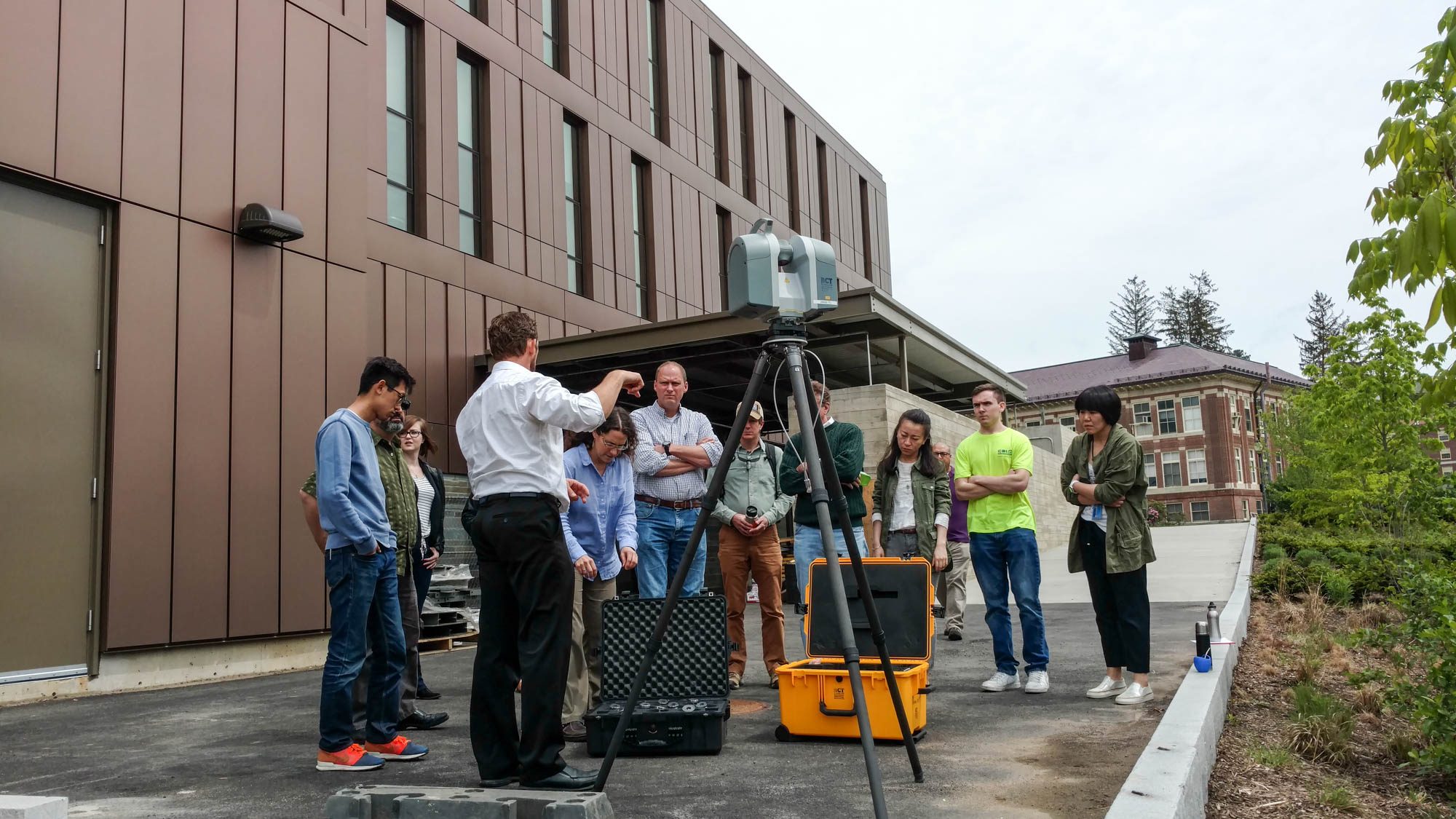By Pedro I. Matos Llavona
It is well known that sea level is rising and will cause significant shoreline adjustments around the globe. This makes the art of measuring sea level a critical skill for coastal scientists. For precise and accurate measurements, not only it is necessary to understand the functionality of the instruments we use, but also the reference frame to which all our measurements are fixed to, better known as datums. Fortunately, high end technology such as Global Navigation Satellite Systems (GNSS) can help us measure elevation up to 2 cm precision. This high level of precision requires complex processes. Thankfully, there is instrumentation capable of reaching high precision within a short period of time – the Trimble® R10 GNSS system.

Continue reading “Surveying Instrumentation in Mangrove Forests in Puerto Rico”




